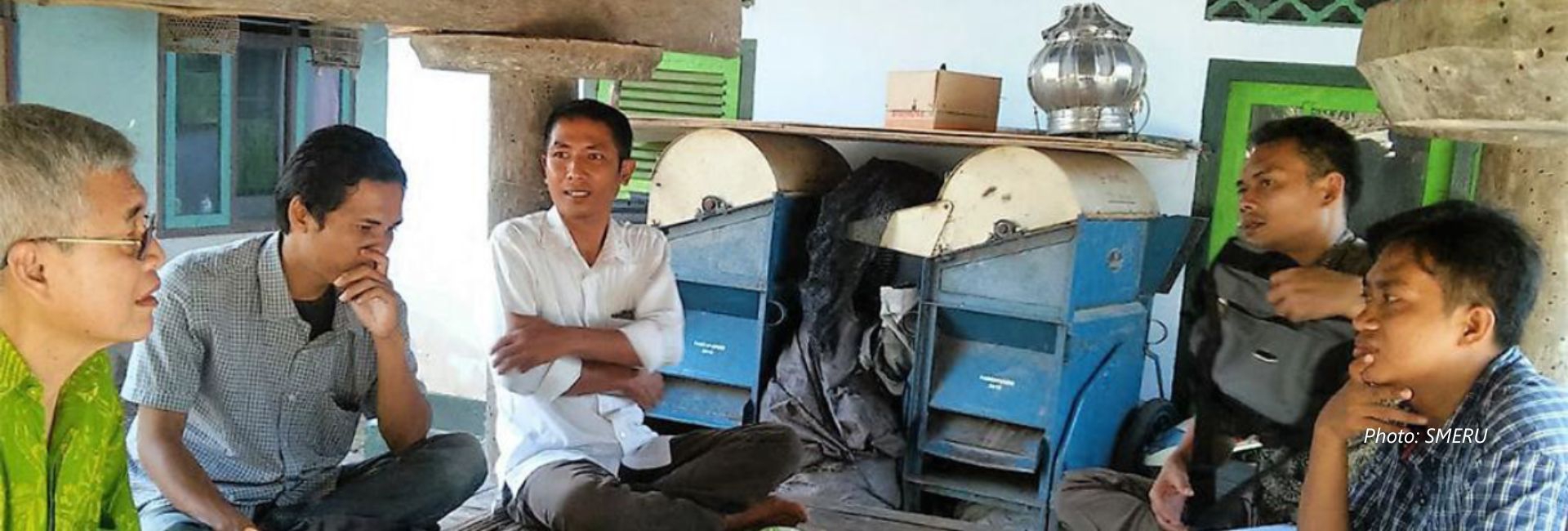This qualitative study investigates the supply and demand for village facilitation by identifying villages’ needs for facilitation as well as examining to what extent the supply of facilitators at the supravillage levels can meet those needs. The supply and demand were matched up by comparing the village medium-term development plan (RPJM Desa) to the kabupaten (district) medium-term development plan (RPJMD Kabupaten). It was also conducted by comparing village heads’ dreams to the availability of facilitators at the kabupaten. In general, this study finds substantial unmet demand for facilitation in villages. On the supply side, no clear facilitation strategies are devised for both villages and villagers. Community empowerment programs at the kabupaten level are still dominated by distribution of assistances and development activities which are not necessarily relevant to the villages’ needs. Moreover, the facilitators are still limited in quantity and quality, especially those to meet the needs “determined” by the supravillage governments, such as the facilitators for village-owned enterprises (BUM Desa). On the demand side, the technocratic capability of village governments needs special attention, as it will determine development strategies to improve villagers’ welfare. Synergy and coordination are critical in bridging supply and demand. Both synergy and coordination in fact take place when facilitators participate in the village planning, which is the most important stage in village development. Being involved in this planning, facilitators can provide information on programs and facilitation services available at local government organizations (OPD) as well as how to access them. At the same time, facilitators will also gain better understanding on specific needs of the village.
Suggested citation:
Bachtiar, Palmira Permata, Asep Kurniawan, Rendy Adriyan Diningrat, Gema Satria Mayang Sedyadi, and Ruhmaniyati (2024) ‘Thematic Study on the Village Law: Devising Facilitation Strategies and Scenarios in Villages.’ SMERU Research Report No. 4. Jakarta: The SMERU Research Institute <URL> [access date].














